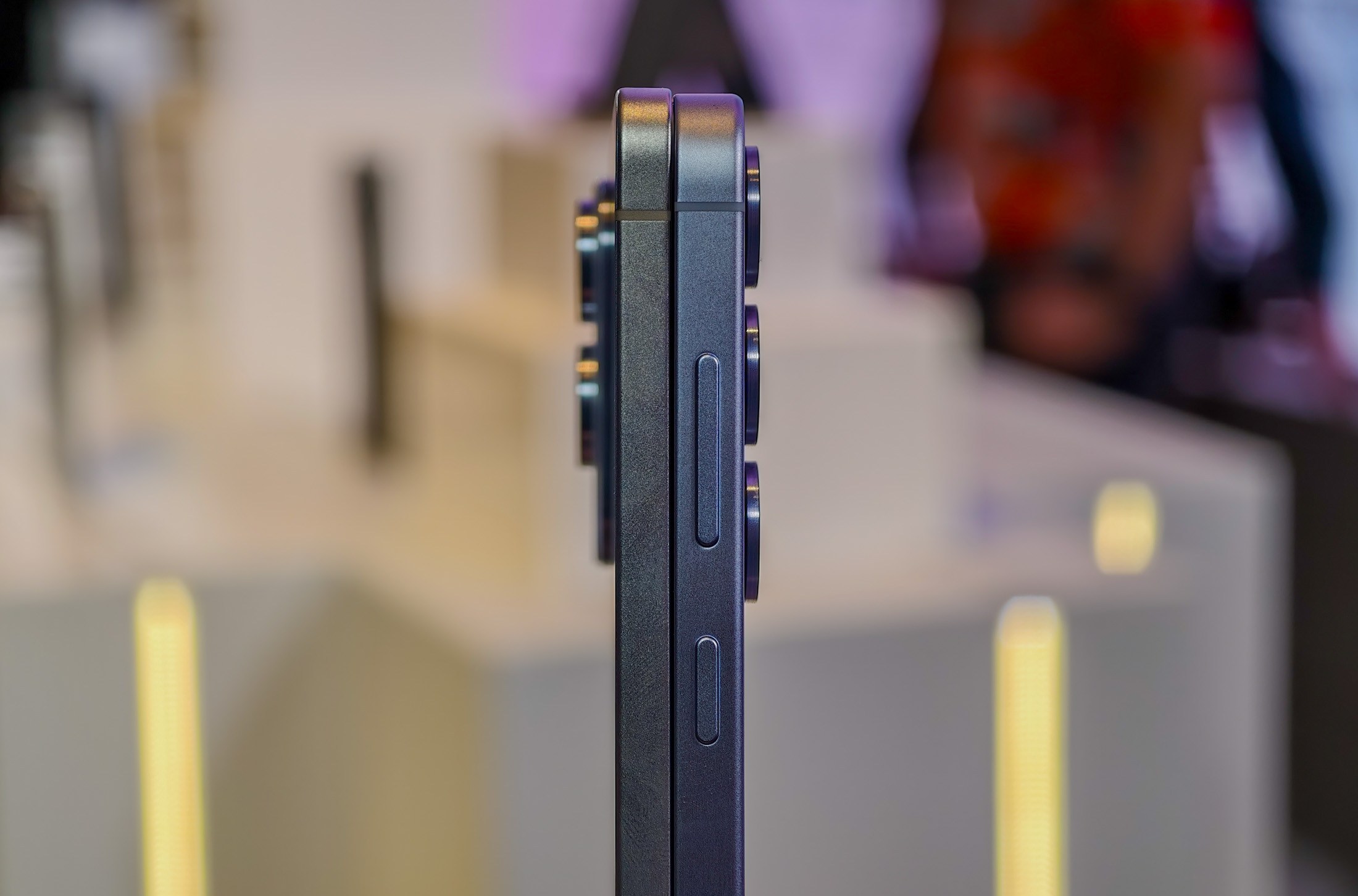Samsung’s thin phone is here. The Galaxy S25 Edge — first teased back in January — is essentially a slimmed-down S25 Plus, with the same 6.7-inch OLED display, Snapdragon 8 Elite for Galaxy chipset, and AI features. The compact design comes at a price though, and you’ll have to do without the telephoto lens or beefy battery.
At 163g (about 5.7 ounces), the Edge is just a gram heavier than the regular S25, with its dinky little 6.2-inch screen, and at 5.8mm thick it’s comfortably thinner than any Samsung slab phone in years. It’s still slightly thicker than Samsung’s Tab S10 tablets or Z Fold 6 foldable, which have enough space to get thinner by spreading their batteries out a little more, but if you prefer traditional phone form factors then this is among the thinnest you can buy right now — at least until the rumored iPhone 17 Air comes along.

Photos seem to undersell the effect, which I think will be Samsung’s challenge marketing the Edge: it basically just looks like a regular phone until you pick it up, which is when everyone seems to ooooh involuntarily.
The “Edge” name suggests that Samsung is going to lean on how thin the phone is, but for me the weight is more impressive. It solves at least half the problem people have with big phones, and is far more noticeable than a slightly slimmer body. Besides, the moment you put a case on this it won’t feel very thin any more, but it should still be pretty light.
Samsung hasn’t taken the excuse to make the Edge any more frail than the other S25 phones, and in fact has leaned the other way. It uses the same titanium frame as the S25 Ultra — tougher than the aluminum of the other models — along with the newly announced Gorilla Glass Ceramic 2 on the screen, and an IP68 rating for dust and water-resistance. Simply put, this should be pretty sturdy.
Still, there are two big sacrifices you have to make. The first is the camera: you only get two rear lenses, with no telephoto at all. Again though, Samsung has borrowed from the Ultra to make up for things — the 200-megapixel main shooter here uses the exact same sensor as that phone, but crammed into a smaller camera housing. On paper that should mean a main camera that’s about as good as the Ultra’s — and better than the Plus’ — but with less versatility than either of those phones.
The bigger worry for most will be the battery. The 3,900mAh cell here is the smallest across the S25 range — compared to 4,000mAh in the S25 and 4,900mAh in the Plus — and with a big screen to power too, there’s no way this won’t have the worst battery life of the lot.
Samsung insists that this is still a full-day phone, estimating that it can deliver 24 hours of nonstop video playback, though that’s five fewer than the S25’s quoted 29 hours or the Plus’ 30. When my colleague Allison Johnson reviewed the regular S25, she said it got through “a full day of moderate use,” and the Edge shouldn’t be too much worse. Chipset and software optimizations mean most modern phones have battery to spare, making a smaller cell like this feasible again.
But that’s on day one. Batteries don’t last forever, and I don’t trust that the Edge will be a full-day phone forever. Samsung is committing to seven years of OS and security updates, in line with the other S25 phones, but I’d be a little worried about the Edge’s battery life well before that.
Despite those downsides, you’ll actually have to pay more for the S25 Edge than you would for a Plus. Preorders are open now ahead of an official release on May 30th, and the phone costs $1,099.99 for a model with 256GB storage, and $1,219.99 for 512GB, which puts this halfway between the Plus and the Ultra in Samsung’s pricing.
So no, this probably isn’t the most practical phone purchase you can make right now — but it was never meant to be. As with Samsung’s foldable phones, there’s more than a hint of form over function to the Edge. I’m impressed that Samsung has managed to keep so much of the phone on par with the other S25 models, but the camera and battery are hardly small considerations. They’re big compromises to make for the sake of getting a little pocket space back, but until I’ve had the chance to test the camera fully and push the battery for a few days, it’s impossible to say if it’s a trade worth making.
This is one phone where you should definitely wait for the reviews.
Photography by Dominic Preston / The Verge
Read the full article here
